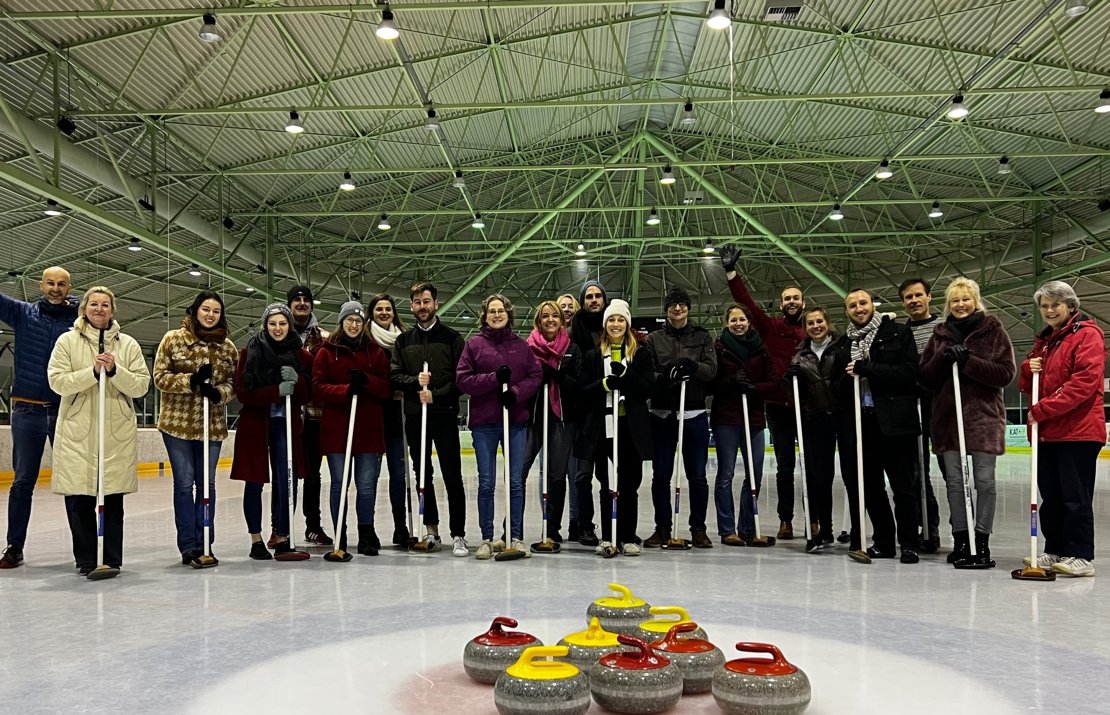
There are countless ways in which individuals and groups can get involved in events that threaten the psychological, physical or societal safety. The teaching and research group Psychology of Conflict, Risk and Safety (PCRS) approaches such threats from a social psychological perspective with crossovers to e.g. clinical psychology, cognitive psychology and work and organizational psychology. Our work focusses on three main themes in the areas of:
Conflict and Crisis Management Within this theme the focus lies on how to deal with conflicts and incidents that pose a threat to individual and societal safety. For example, research in this area is focussed on the dynamics surrounding employees who work in a public environment and who are confronted with civilians who act violently (project “aggression and violence against public employees”). Another example includes the question how disputes between neighbours can be peacefully resolved through e.g. neighbourhood mediation, and what the role is of perceptions of conflict asymmetry on different forms of mediations.
This research is applied focussed, which is evident from the ongoing collaboration with partners, such as the National Crisis Centre, law enforcement agencies, WODC and the Netherlands Food and Consumer Product Safety Authority.
Risk perception and Risk Communication Research is this theme is focussed on questions such as, why do civilians sometimes estimate the risk of flooding, fire or disease as very high, and sometimes as to be neglected and how does the social environment play a role in this, such as the opinions of peers and the media? As part of this theme, we are also involved in the Risk Factory, an interactive safety centre where children and vulnerable groups (the elderly or disabled) can learn to become more risk aware and resilient (Risk Factory).
This research is applied focussed, which is evident from the ongoing collaboration with partners, such as the National Crisis Centre, law enforcement agencies, WODC and the Netherlands Food and Consumer Product Safety Authority.
The antecedents of risky, antisocial and criminal behavior Within this theme the focus lies on questions such as why do people display risky, antisocial and criminal behavior (e.g. cybercrime) and how we can effectively intervene when such behavior has been displayed. The influence of the environment plays a central role here. This includes the physical environment, such as security measures (CCTV), but also the social environment (peers, co-workers, cultures).
This research is applied focussed, which is evident from the ongoing collaboration with partners, such as the National Crisis Centre, law enforcement agencies, WODC and the Netherlands Food and Consumer Product Safety Authority.
As a teaching and research group within a technological oriented university we also are passionate about including new technology in our research projects. Three main reasons are:
- Because new technologies are usually accompanied by risk perceptions and aversion, it is important to understand how people react to and make sense of new technology-related risks. One of our PhD projects, for example, focused on risk perceptions and behavior in relation to Nano modification of food.
- Technology also shapes the way people interact, referring to e.g. online behavior (cybercrime) and offering possibilities for technology-aided intervention (e.g. online victim-offender mediation). One of our PhD projects, for example, evaluated a new online legal aid tool, which is administered and developed further by the Legal Aid Board in the Netherlands.
- New technology allows for the monitoring and analyses of large groups and datasets (e.g. capturing movement, (non)verbal behavior, physiology) in actual high- stakes situations; we use sociometric badges to measure group interaction, GPS sensors to examine movement patterns, and LIWC software to do text analyses. As an example, one of our PhD projects used Thought Technology skin conductance sensors to examine cognitive and affective load during deception processes.
Please have a look at our people page and visit the home pages of our department members to get an overview of more projects.



